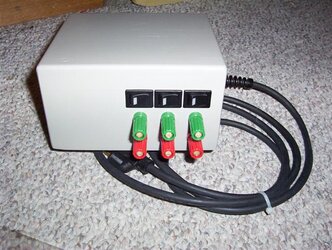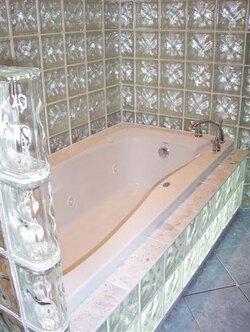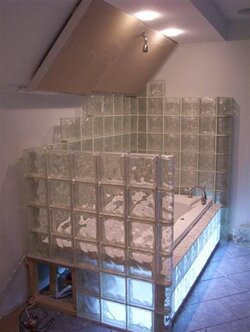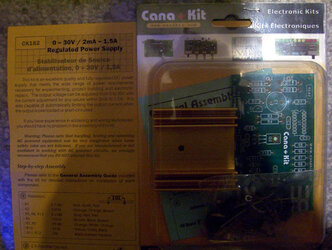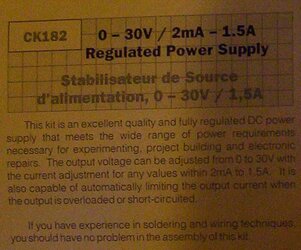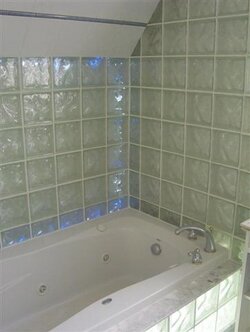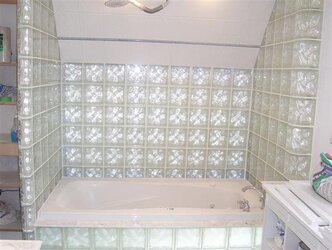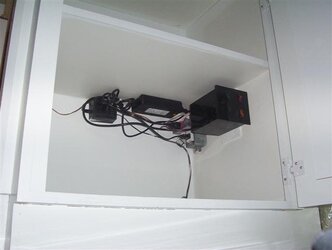- Joined
- Feb 1, 2003
- Location
- The Hammer, Ontario
I am looking to wire about 40 LEDs in a row (in parallel) and I was wondering if I need to put any resistors along the row, or if the single 400R at the beginning of the 12V row is enough?
Will voltage drop (eight feet = 40 x 3mm LEDs @ 2" apart) make the first and the last LED have a different brightness?
OR ... will a 'wall wart' supplying 3.6VDC with approx 500ma be enough (without the 400R)
recommendations please ....
I will post a pic when I am done ... I am lighting behind 8" glass blocks that surrounds a jacuzzi. I am making flexible strips of bright LEDs that slide into clear acrylic tubing behind the glass. Custom design.
I know they make X-mas light 'ropes' but the light is yellowish. Too bad because they are $6 .. LOL
Will voltage drop (eight feet = 40 x 3mm LEDs @ 2" apart) make the first and the last LED have a different brightness?
OR ... will a 'wall wart' supplying 3.6VDC with approx 500ma be enough (without the 400R)
recommendations please ....
I will post a pic when I am done ... I am lighting behind 8" glass blocks that surrounds a jacuzzi. I am making flexible strips of bright LEDs that slide into clear acrylic tubing behind the glass. Custom design.
I know they make X-mas light 'ropes' but the light is yellowish. Too bad because they are $6 .. LOL
Last edited:
